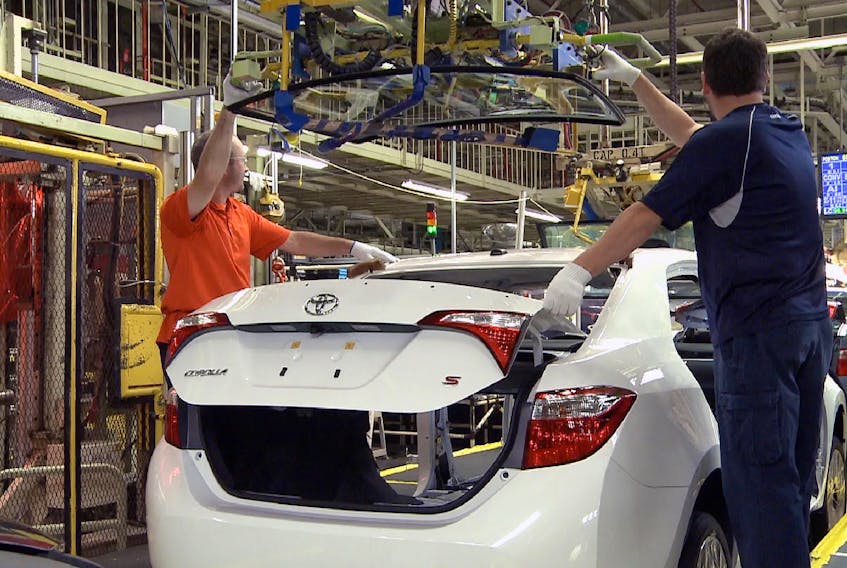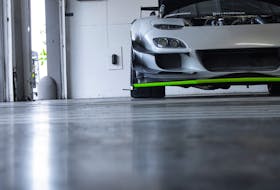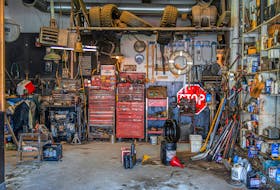For over a century, Ontario has been a powerhouse in Canadian auto manufacturing. With an industry on the cusp of unprecedented change, is Canada positioned to continue to be a dominant force? Will we be able to ride the changing face of mobility to a new golden era of Canadian auto production?
In 2017, the Chrysler Pacifica Hybrid started rolling off the lines of FCA’s plant in Windsor, Ont. The highly anticipated sibling to the gasoline-powered Pacifica, the hybrid announced the company’s Ontario foray into an electrified future. The birthplace of minivans as we know them — since 1983, when we all finally learned what a “minivan” was, they’ve pumped out more than 15 million of them — was going high-tech.
But they were hardly the first hybrids to be produced in Ontario. Toyota’s facility in Cambridge began assembling that company’s Lexus 450h hybrid in 2013. In 2019, at its Cambridge North Facility plant, it began production of their RAV4 hybrid, the best-selling electrified SUV in North America, and more recently, the company announced a $1.4-billion remodel of its production lines, in part so the company can start production of Lexus NX hybrid.
(Fun fact: Toyota produced more vehicles in Canada — some 427,000 in a COVID-19 shortened production run — in 2020 than anyone else in Canada. Yes, them, too.)
Of course, that move to hybrids and plug-in got a shot in the arm from recent announcements by both Ford and FCA, their future investments sure to make Ontario an even more substantial player in the race to an electrified future. Ford and Unifor, of course, signed a $2-billion investment that will see the famed Oakville plant produce five EV models. A few weeks later, FCA made its own announcement of a $1.5-billion cash injection to start production of a plug-in hybrid model as well as a pure BEV (along with a model to be named at a later date).
Even more recently, General Motors unveiled a plan that will see its CAMI plant in Ingersoll receive an injection of $1 billion to become a centre to produce electric commercial delivery vans. With the end of the Equinox threatening that workforce, not only were jobs saved, but the plant has a viable plan for the long-term future.

How important are developments like this? They couldn’t come a moment too soon. As the world heads towards an electric future with increasing velocity, Canada risked being left behind. An analysis published earlier this year by the International Council on Clean Transportation and Pembina Institute found that, while Canada ranked 12th globally in vehicle production, “EV production was a minuscule 0.4 per cent of that total and well off the average of 2.3 per cent amongst auto-producing nations,” says Electric Autonomy Canada. Those recent investments put Canada — and specifically Ontario — back into play.
Auto industry jobs aren’t just those created on an assembly line; as electric vehicles move to the forefront, and autonomous vehicles continue to improve, there will also be other avenues opened up for other sectors. Three years ago, General Motors opened its Canadian Technical Centre in Markham.
Focusing on a push towards autonomous vehicles and constantly changing technology, the goal is to amass a workforce of 1,000, with 700 full-time engineers. Ontario is rich in a workforce to fuel this, and a reminder that building cars of the future will require a more diverse skill set than we’ve ever seen.
Ontario Tech University in Oshawa has developed a world-class testing chamber for manufacturers that will simulate any climate conditions in the world. For Canadian manufacturers to have access to this on their doorstep is immeasurable as we see electric vehicles overcome the obstacles that climate has presented. The same facility has produced a Canadian first: Project Arrow is a Canadian-made zero-emissions prototype, partnered with the Canadian Automotive Parts Manufacturers’ Association.
Canada’s automotive sector has always been about more than the vehicle that rolls off the assembly line; there is a large, intricate web of innovation, technology, suppliers, and aftermarket retailers that comprise the national scene. With the move into battery electrics, Canada will also have to step up and consider what the rest of this country can contribute to the battery game.
Unifor president Jerry Dias wants to see other parts of our industries reinvigorated, from our steel plants to precious metals in Northern Ontario and Quebec. And, with the discussion now moving to the development and production of batteries for electric vehicles in Canada, we may be indeed heading to another golden era of automobile production north of the 49th parallel.
Ontario — and Canada — is making changes to ensure we’re not left behind.









